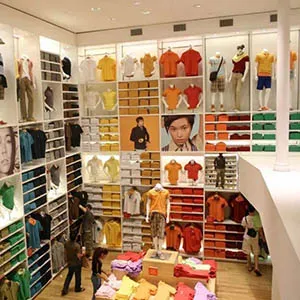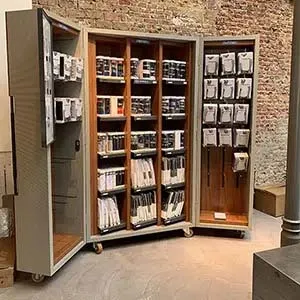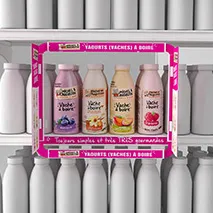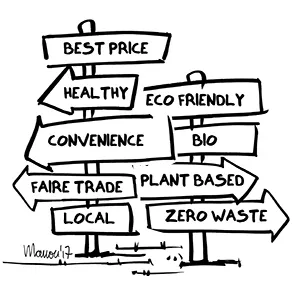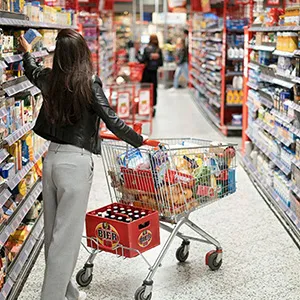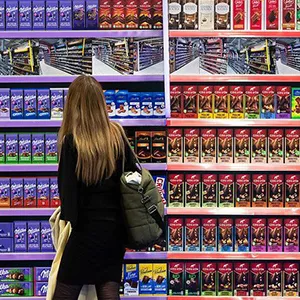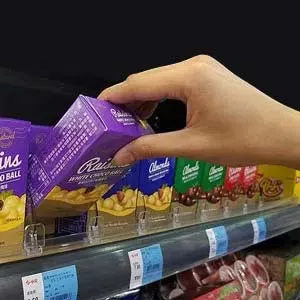5 pitfalls that can sabotage successful merchandising
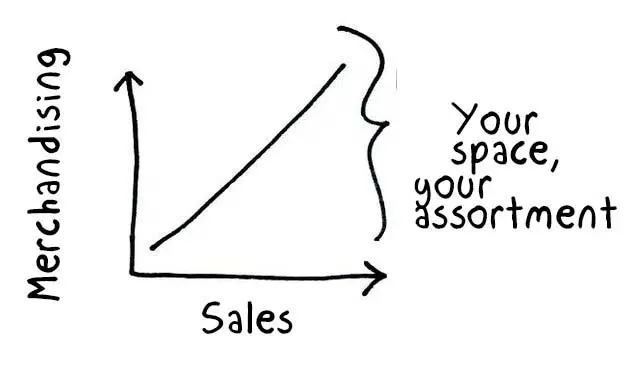 If
you are about to review your assortment, this is the right time to reflect on 5 pitfalls that can
sabotage successful visual organization of your merchandise, display and sales promotion. The result:
more control over shopping experiences, satisfaction and sales …
If
you are about to review your assortment, this is the right time to reflect on 5 pitfalls that can
sabotage successful visual organization of your merchandise, display and sales promotion. The result:
more control over shopping experiences, satisfaction and sales …
Pilotes specializes in the design of commercial furniture, display and merchandising solutions. We offer 100% customized point-of-purchase materials tailored to the in-store projects of brand and retail. Because we care about the climate and environment, we analyze the lifecycle of each project to avoid, reduce, and offset its impact 🌍🌿
Do you have a project planned? Contact us and let’s bring your vision to life together!
1. Let customers find what they are looking for
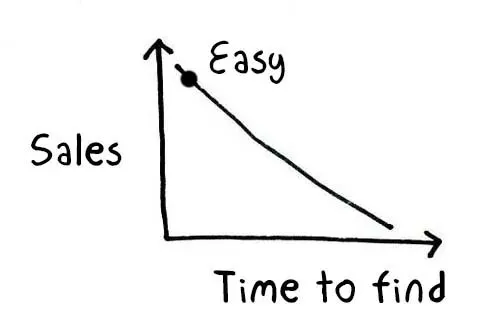 Though
some retailers have made it a key to their success, the "treasure hunt" approach does not necessarily
appeal to most consumers. Hasty, impatient … often, consumers who enter a shop have (a) specific
product(s) in mind. Only after being satisfied with the adequate offer, they might be enticed to wander
and shop for more. Overwhelmed by choice, if it takes them too long to find what they're initially
after, they may give up and leave frustrated.
Though
some retailers have made it a key to their success, the "treasure hunt" approach does not necessarily
appeal to most consumers. Hasty, impatient … often, consumers who enter a shop have (a) specific
product(s) in mind. Only after being satisfied with the adequate offer, they might be enticed to wander
and shop for more. Overwhelmed by choice, if it takes them too long to find what they're initially
after, they may give up and leave frustrated.
A clear layout and organization, eye-catching, directional, well-placed and abundant signage, use of colours or other visual barriers between departments, staff training, merchandising compliance, geolocation… can help staff and clients what to look at. Beyond categorical organization, according to assortment specifics, try to cluster by brand, by use, by family or even by colours or manufacturer. Some manufacturers may have developed articles to be sold together. Example: accessories or seasonal lines.
2. Not have an implementation plan
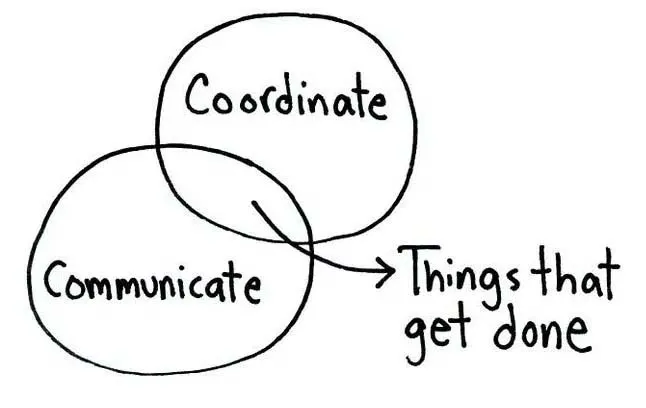 High converting merchandising doesn't just happen. To promote sales, you need a well thought-out,
coordinated implementation plan. According to experts, such as Bob Phibbs (the "Retail Doctor") any
merchandising plan must include:
High converting merchandising doesn't just happen. To promote sales, you need a well thought-out,
coordinated implementation plan. According to experts, such as Bob Phibbs (the "Retail Doctor") any
merchandising plan must include:
- adaptation to assortment specifics, seasons, holidays, …
- a budget for store fixtures, accessories, light and signage, …
- a planning system which will help maximize turn, limit out-of-stocks, increase margins, and minimize markdowns.
According to Nicole Reyhle and Jason Prescott from "Retail 101: The Guide to Marketing and Managing Your Retail Business", stores must be constantly reinvented. Even the most spectacular and original concept will inevitably outdate. Particular attention can be paid to the following elements:
- The light of a store can offer several advantages. It can pique curiosity, draw customers towards exciting, bright energetic spaces or encourage them to interact with specific articles. Light could be adapted in the dressing area, for example with soft and warm light that flatters customers (overhead light is the worst!).
- You can see it right from the corner of the block. That storefront! They attract passer-by and tell your story outside the store. In retail, windows are the most frequently renewed media. The general rule is to change the window every 2 to 3 weeks.
- The first meters into your store is the transition zone. Not much retail is done here. However, the strike zone after your doorway is the ideal place to engage customers and encourage them to explore the rest of your merchandise. It's a key place to highlight promotions or average price, new products, essentials, highlights and special events …
- Use point-of-sale displays throughout the store to entice customers' attention, allow interaction with articles or trigger impulse buying. Displays are your silent salespeople. Ideally, displays should offer enough articles for customers to use without disrupting presentation. In "Retail 101", it is recommended to have about 5 point-of-sale displays per 46 m² sales space. Display shouldn't be flat nor uninteresting.
3. Neglect the checkout area
The checkout area offers a major advantage : customers have made the decision to buy from you! If shoppers can be inclined to make unplanned purchases, increased visibility at the cash register offers an excellent opportunity to generate additional sales.
- Encourage impulse buying by offering impulse-buy-products, those which tempt a customer instantly and the customer simply goes ahead and purchases the product without any research or thinking. Placed strategically in the checkout area, small priced products, pleasure offers, such as a pair of earrings, candy and mints, or accessories and essentials make a significant proportion of their sales from impulse buying.
- Each shop can develop its checkout offer, but it must be made highly visible and accessible! "See, want, buy" is the mantra here.
- On the price side, considering merchandising high margins articles.
- Make sure that the articles and prices reflect your target market and are in line with your store's assortment.
- Make sure to exploit walls and all other surfaces to communicate, even if, at this stage, your customer's attention has already (almost) left.
- Also, it's your last chance for a whiff of something strong and invigorating, to tell your story, detail your environmental initiatives or community responsibility, the heart and soul of your business.
4. Not use mirrors strategically
Mirror, Mirror on the wall … Mirrors are excellent tools to change shoppers' perception and influence behaviour. Some examples of smart use:
- Allowing to observe reflection, mirrors behind checkout staff improves customer behaviour. This has been shown to reduce rudeness and irrationality because customers can observe how their behaviour appears to others.
- Make the smallest space look larger, a well-known trick in interior design that works just as well in store design.
- Create flattering dressing rooms. Even if some think it's misleading, it's quite common for mirrors in fashion retail to be slightly tilted down to give the illusion of looking taller and thinner. Also, consider mirrors to visually enlarge the spaces in this area.
- And finally, confronted with mirrors and cameras, thieves are less likely to steal if they feel to be seen.
5. Not regularly evaluate your store's performance
There's no right or wrong approach to merchandising. However, it is essential to follow certain indicators. What metrics should you look at? That depends. Each retail business is different, so specific measures may be more significant than others. Obviously sales are the lifeblood of any retail business, so it's critical to keep a close eye on sales in all its forms (per square meter, per employee, per visitor (conversion rates), transaction values and growth …).
But sales cannot in itself judge the good or bad performance of a point-of-sale. Also to be monitored are foot traffic, customer retention, stock turn, disruption rates, shrinkage, sell-through and obviously margins… Next is to take action! It's not enough to know your metrics; you need to do something with your data. Use the info that you gain to know what tactics work, to identify areas for improvement, to plan staff, to know more precisely who your customers are, and above all, why they buy from you, and then take the necessary steps to level up your game.
And now, it's up to you to play!
